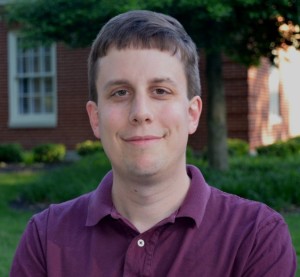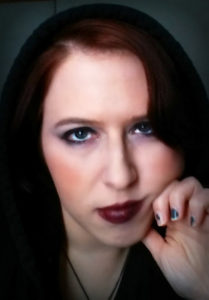This month’s topic is almost too good to be true. For an engineer, popular culture is like an endless fountain of improper physics to pedantically complain about. Seriously, it’s like crack to us. The best examples of physics in stories get most things right or are well-written enough to make us forget to look too closely. The worst examples are Armageddon.
Before I get into more specifics and insight a flame war, please view this post as seeking to educate, not ruin anyone’s fun. I’m willing to forgive quite a lot of bad physics provided the story itself isn’t cringe-worthy. That being said, there’s stuff we see in movies, shows or books that, given our current understanding of technology and physics, just wouldn’t work in real life. I’ll be focusing primarily on human beings’ tendency to go squish when confronted with sudden acceleration.
One of the questions I get a lot from non-engineers is why we don’t have flying cars. Over the years, I’ve come up with an only slightly snarky standard answer to this question. “Imagine if every car accident was fatal.” It generally gets the message across.
With that in mind, if someone asks why we can’t have an suit like the one Tony Stark wears, one problem (of many) is the number of high-speed impacts Iron Man sustains in that suit. If we assume the suit is made of super-light advanced alloys that could sustain high speed impacts without damage, that’s great news … for the suit. But if the suit is staying pristine, that means that it’s not absorbing the energy of the impact, it’s merely transmitting it. Sooner or later that energy must be absorbed, and if the suit isn’t doing it, the squishy human body wearing the suit is.
A great example of this phenomenon is with cars. Did you know that cars didn’t used to get all crumpled up in accidents? The invention of crumple zones, parts of the car intended to dramatically deform, was implemented as a safety feature. Again, something has to absorb and dissipate the energy of an impact. Crumple zones represent the car absorbing it and directing it around the driver. Even then, seat belts and airbags are required to keep the driver from getting slammed into something hard and unyielding. There’s no such thing as a free lunch. Either the car is getting wrecked, or the driver is. If Tony falls from two hundred feet up and is brought to a sudden stop by the ground, the suit (aside from some scratched paint) might well be fine, but poor Tony … not so much.
Which brings us to the reason that all of this is forgivable. I’ve just spent several hundred-odd words telling you all the ways your favorite movies, shows and books are screwing up physics for the sake of excitement. But stories need characters, and most of them need human characters, or else they’ll suffer problems with relatability. While a real-life space-dogfight of the future would likely be fought at speeds too fast for humans to perceive, much less participate in (see Surface Detail by Iain M. Banks for a great example), most of the time such a battle would result in a story without any real stakes.
So what’s a science-discerning author to do when reality gets in the way of story? When possible, acknowledge the issues and try to make overcoming them integral to the worldbuilding or plot. James S.A. Corey’s series The Expanse does a great job with this, placing its human pilots in “crash couches” designed to absorb the energy that would crush their bodies and injecting them with “the juice,” a fictitious cocktail of drugs to prevent them succumbing to sudden, massive acceleration. These are great details that really enrich the setting and trigger enough of my engineering reward centers (presenting a problem and offering up a plausible-ish solution) that I’m willing to forgive them their stretching the laws of physics.
Above all, do the research. Treat your audience–and their intelligence–with respect. Always try to be aware of the rules you are breaking, and understand why you need to break them. Better yet, treat the rule as a storytelling constraint and try to use it to find a better way to tell your story. Many of your readers might not care, but you’ll make some future engineer reader very happy.
About the Author: Gregory D. Little
Gregory D. Little is the author of the Unwilling Souls, Mutagen
Deception, and the forthcoming Bell Begrudgingly Solves It series. As
a writer, you would think he could find a better way to sugarcoat the
following statement, but you’d be wrong. So, just to say it straight, he
really enjoys tricking people. As such, one of his greatest joys in life is
laughing maniacally whenever he senses a reader has reached That
Part in one of his books. Fantasy, sci-fi, horror, it doesn’t matter. They
all have That Part. You’ll know it when you get to it, promise. Or will
you? He lives in Virginia with his wife, and he is uncommonly fond of
spiders.
You can reach him at his website (www.gregorydlittle.com), his Twitter handle (@litgreg) or at his Author Page on Facebook.


